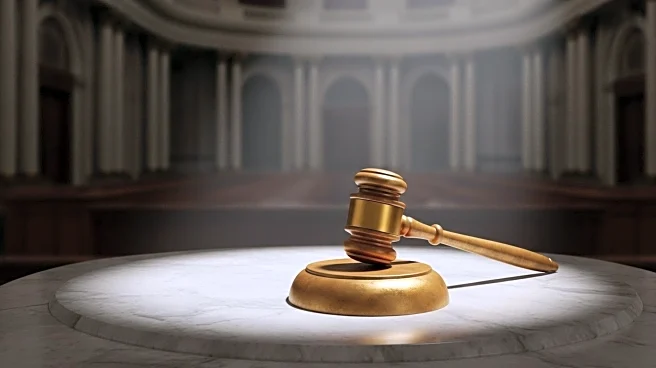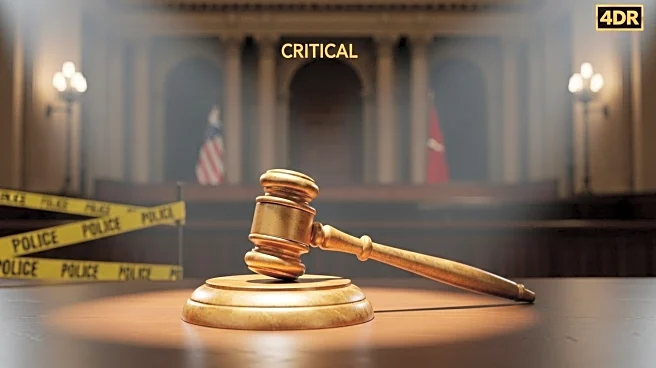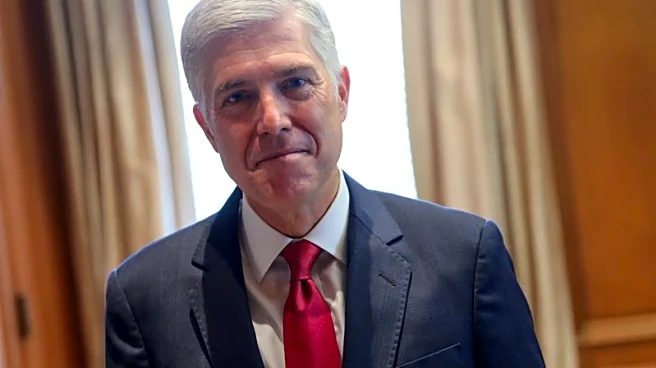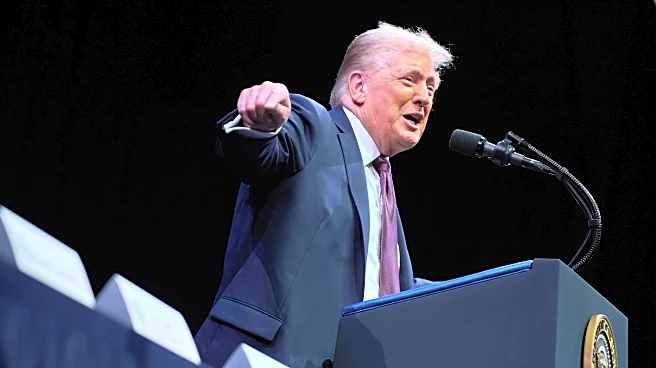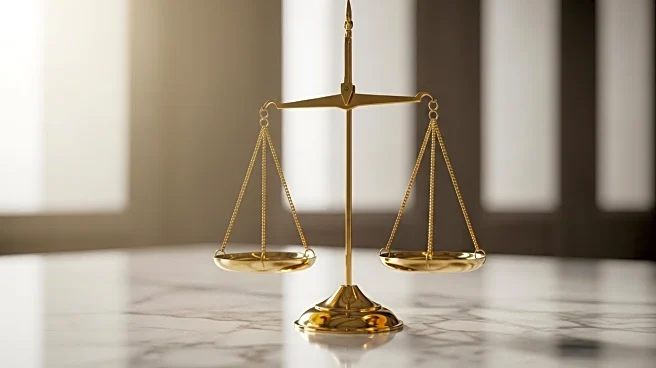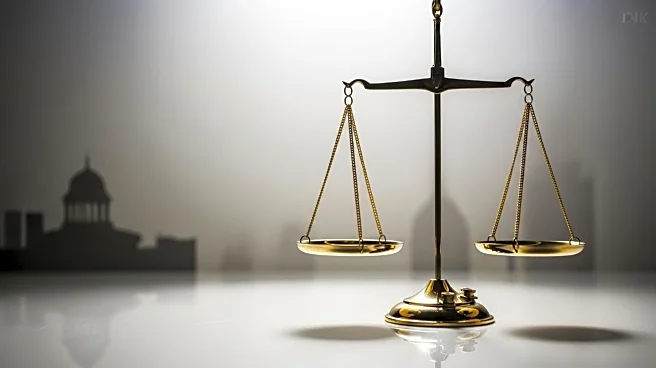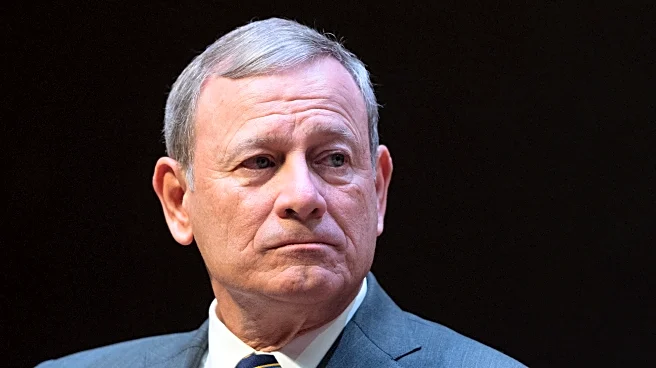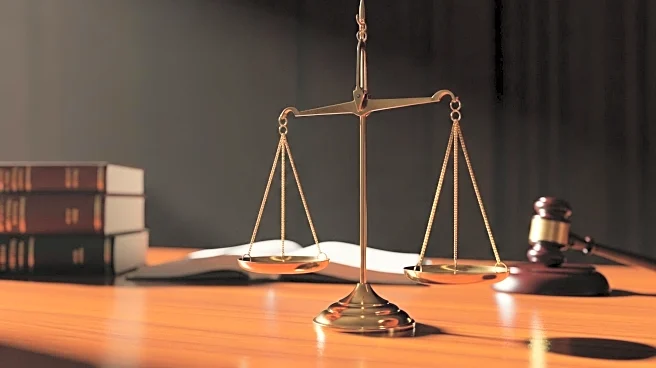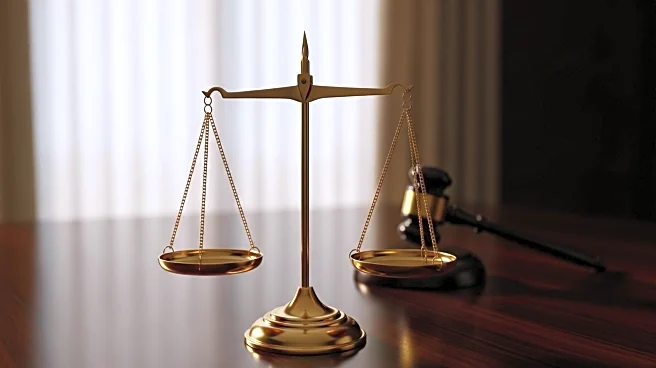What's Happening?
The Supreme Court has been granting emergency relief to the Trump administration, leading to tensions within the judiciary. These actions have empowered President Trump to challenge lower court interventions, as seen in recent decisions where the Supreme Court paused lower court rulings against Trump. This approach has frustrated some judges due to the lack of guidance and has led critics to argue that the justices are overstepping their bounds. The Trump administration has filed over 20 emergency applications during his second term, which has increased pressure on the federal court system.
Why It's Important?
The Supreme Court's frequent intervention in lower court decisions is significant as it affects the balance of power within the judiciary. It raises concerns about the independence of district judges and their ability to provide relief in cases involving the executive branch. The conservative majority's actions may undermine the authority of lower courts and could lead to a lack of compliance with their orders. This situation highlights the broader implications for judicial independence and the potential for increased executive power.
What's Next?
The Supreme Court's approach may lead to further challenges and scrutiny of its emergency orders. District judges may continue to push back against the lack of precedent and guidance from the Supreme Court. The administration's reliance on executive actions could result in more legal challenges, requiring the justices to decide on the status of these actions while cases are litigated. The court's decisions will likely influence the judiciary's handling of executive branch cases in the future.
Beyond the Headlines
The tensions between the Supreme Court and lower courts reflect deeper issues within the judiciary, including the pressure on judges to comply with higher court rulings without clear explanations. This situation may affect public perception of the judiciary's role and its ability to function independently. The Trump administration's actions and the Supreme Court's responses could lead to long-term shifts in how judicial authority is perceived and exercised.
